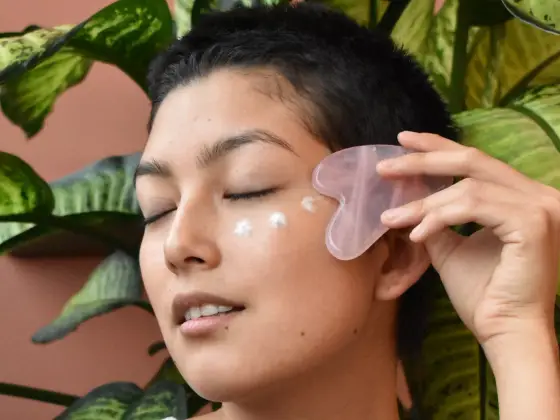Summer is just few weeks ahead and people starting to plan for their next adventures and outdoor activities. Hiking is one of the best activities a person should do at least once in his life. Before they do so, they must first learn the important factors to consider, such as proper attire and footwear. Hikers typically wear hiking boots and shoes to protect their feet from bruises and abrasion, as well as to provide traction on rough and slippery terrain.
If you want to go on a hike, we highlighted the characteristics of hiking shoes. It is best if you are aware of these characteristics in order to find the best one for you. Examine them now before making a purchase.
Fitting Hiking Boots
The fitting of your hiking boot is critical because it will not function properly if it does not fit properly on you. Hiking shoes that fit you will provide you with stability and support. It can also protect you from injuries while hiking, and it is comfortable to wear.
The Traction
Traction is an important feature of a hiking shoe because it indicates its resistance to sliding. Hiking has a high risk of falling and slipping, so make sure you’re prepared. Purchase traction-enhancing shoes and boots.
Breathability and foot ventilation
Take to see if the hiking boot has adequate ventilation. When your feet are hot, it is best if the shoes have adequate ventilation to avoid moisture. Moisture that did not escape may cause infections, rashes, and blisters on the skin. Choose one that is washable and breathable to keep your feet cool. You can buy a shoe made of knitted nylon mesh rather than woven nylon mesh.
The ability to endure
The terrain and weather conditions can be used to assess the durability of hiking shoes or boots. Check the materials and technology used in the product before making a purchase decision. If you are hiking in rocky and rough terrain, it is best to purchase a leather hiking boot, as it will last longer. The materials and traction design of the sole can be examined to determine its durability, while the stitching and shoe bumpers of the boot should protect your feet. Check these things before you pay at the counter.
The stability and support
Correct inserts and appropriate designs contribute to the stability of every hiking shoe. You must learn how to inspect a shoe or boot to determine how well it will support your foot movements. When purchasing, try to squeeze the back part. A sturdy hiking boot or shoe can withstand compression and twisting. That is, you must buy one with stability and support to avoid accidents and injuries.
Ease and Comfort
You should be at ease in the shoes or boots you wear while hiking. Inside your shoe, the ideal microclimate is 29°C with low relative humidity. To avoid blisters, it is best to prioritize keeping your feet dry and cool. Most people can tell whether their shoes are comfortable or not.





